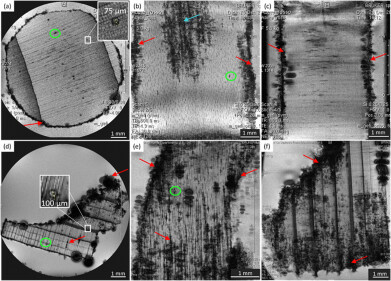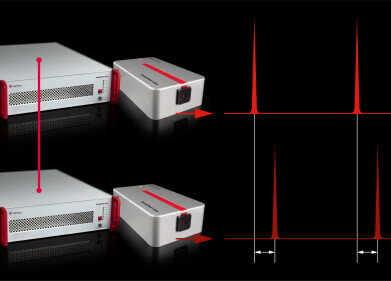Microscopy & Microtechniques
What is Quantum Entanglement?
Nov 03 2022
This year the Nobel Prize in Physics was awarded to Alain Aspect, John Clauser and Anton Zeilinger for their pioneering work on quantum entanglement. The evocatively named physical phenomenon describes the linking of two of particles, regardless of how much distance is between them.
The origins of quantum entanglement
The concept of quantum entanglement was first introduced by physicist John Bell in the 1960s and scientists have been attempting to demystify the phenomenon ever since. This year, the Royal Swedish Academy of Sciences recognised Aspect, Clauser and Zeilinger “for experiments with entangled photons, establishing the violation of Bell inequalities and pioneering quantum information science.”
All three scientists used entangled quantum states to conduct revolutionary experiments that prove paired particles can operate as a single entity, even when physically separated. Their findings paved the way for exciting new research and technologies founded in the quantum entanglement framework. This includes quantum computing, as well as ultra-secure quantum encrypted communication and complex quantum networks.
“It has become increasingly clear that a new kind of quantum technology is emerging. We can see that the laureates’ work with entangled states is of great importance, even beyond the fundamental questions about the interpretation of quantum mechanics,” says Anders Irbäck, a professor of theoretical physics at Lund University and Chair of the Nobel Committee for Physics.
What does an ‘entangled state’ mean?
The term ‘entanglement’ describes the shared relationship between a pair of particles. This entangled state means that regardless of physical distance, two particles can share the same quantum state.
“Using ground-breaking experiments, Alain Aspect, John Clauser and Anton Zeilinger have demonstrated the potential to investigate and control particles that are in entangled states,” reads a statement issued by the Royal Swedish Academy of Sciences. “What happens to one particle in an entangled pair determines what happens to the other, even if they are really too far apart to affect each other. The laureates’ development of experimental tools has laid the foundation for a new era of quantum technology.”
A new perspective on quantum mechanics
No arguments here, quantum entanglement is a highly complex and mindboggling concept. Thanks to Aspect, Clauser and Zeilinger, the scientific community now understands more than ever about the physical phenomenon. Scientists are also equipped with an exciting new set of tools to manipulate entangled particle systems and harness the enormous potential of quantum mechanics.
Quantum entanglement is one of many scientific breakthroughs celebrated in 2022. Find out more about Confocal Raman Imaging, a high-resolution analytical tool used to study everything from astromaterials to plant matter in ‘Conference Review: 18th Confocal Raman Imaging Symposium’.
Digital Edition
Lab Asia 31.6 Dec 2024
December 2024
Chromatography Articles - Sustainable chromatography: Embracing software for greener methods Mass Spectrometry & Spectroscopy Articles - Solving industry challenges for phosphorus containi...
View all digital editions
Events
Jan 22 2025 Tokyo, Japan
Jan 22 2025 Birmingham, UK
Jan 25 2025 San Diego, CA, USA
Jan 27 2025 Dubai, UAE
Jan 29 2025 Tokyo, Japan



















